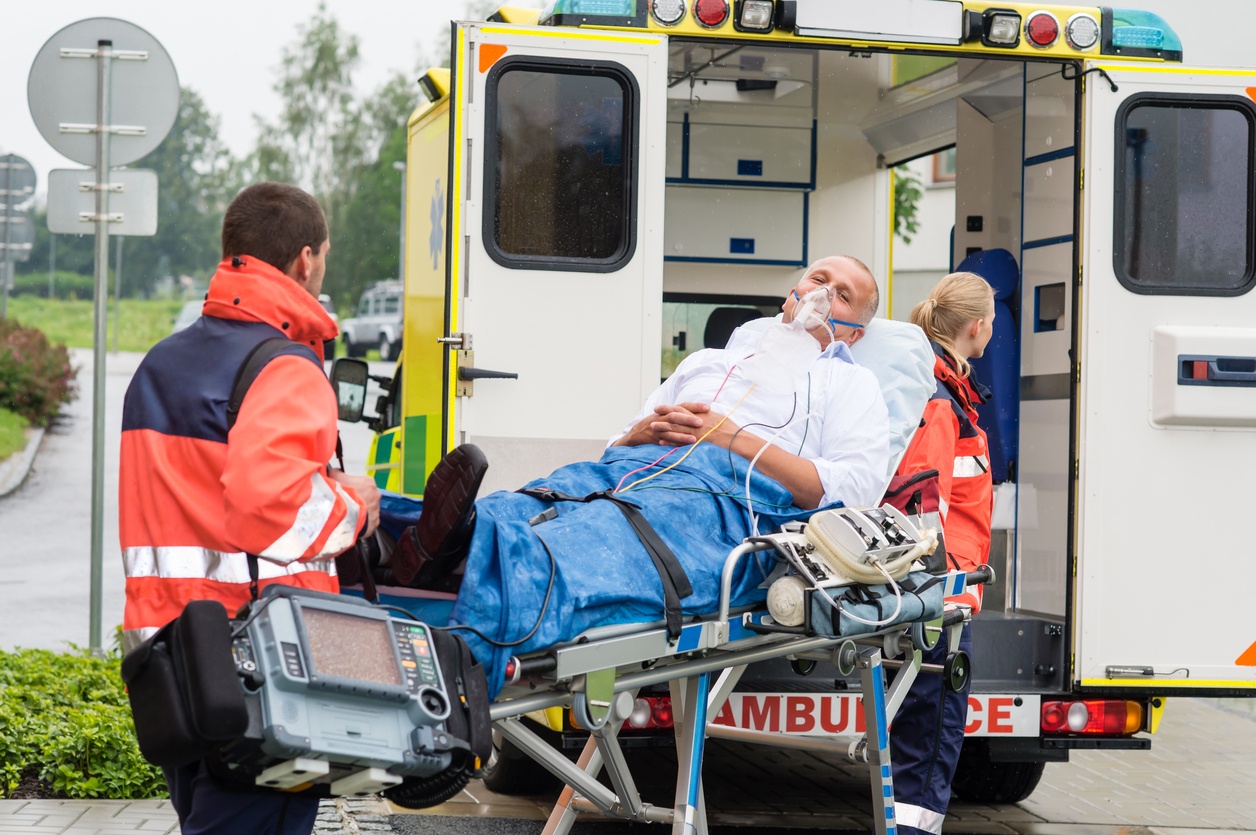
Airway management in healthcare is defined as procedures or use of devices that ensure an open pathway for air exchange between a patient’s lungs and the atmosphere. In the simplest of terms, whatever a healthcare provider needs to do to make sure his or her patient is breathing effectively or receiving enough oxygen to preserve life should be done safely.
Airway management is an important task of EMS systems, and part of the 10 patient safety goals the Center for Patient Safety (CPS) has established for maintaining and improving patient safety in EMS.
4 Tips for EMS Scenarios
1. Place manikins in realistic environments. EMS providers can’t get an accurate picture of care if scenarios don’t go beyond simple, commonly performed airway skills. People in their homes are not going to present on a waist-level surface. Place manikins in small rooms, on floors, or in beds or chairs so that students get a taste of what they are going to be facing in the field.
2. Use a real or simulated ambulance space. This gives EMS students the ability to practice equipment set-up, which has been shown to improve airway management success rates. This type of “mental mapping” is integral to patient safety.
3. Use a systematic approach. The assessment in scenarios should progress from basic procedures to more difficult airway presentations. Recreating high-risk/low-frequency procedures gives students opportunities to establish and maintain competency at all levels.
4. Teamwork and communication are key. Can EMS personnel effectively talk to each other to assess a patient, establish an airway, then work together to get the patient to the hospital? Does each member of the team know his or her role? Does everyone know where the appropriate equipment is? And, of special concern to CPS, does your workplace culture support speaking up in the case where an employee sees something that is making a patient unsafe?
To enhance EMS airway management scenarios, Pocket Nurse offers an RSI Kit, complete with Demo Dose® simulated medications, syringes, and needles; and respiratory solutions from BVMs to laryngoscopes.
Sources:
Improving Patient Safety with Simulation, JEMS, Vol. 42
Center for Patient Safety, EMS Forward






